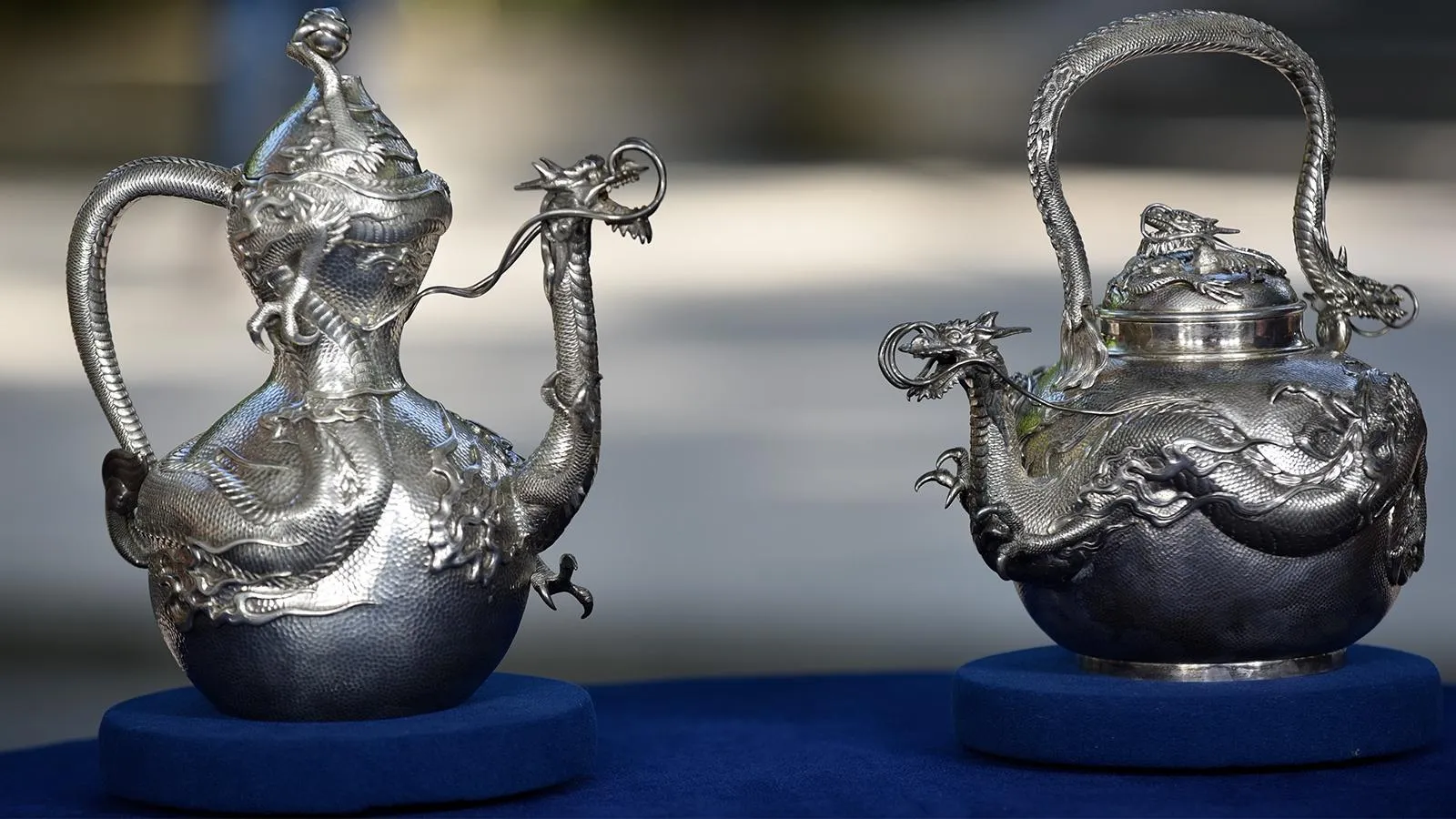GUEST: I got it for Christmas a couple years ago, because my wife is always encouraging me to find a nicer cello. And when I played this one, I fell in love. And I know it's, like, maybe a couple hundred years old, and I think it's German.
APPRAISER: And so what did you pay for it?
GUEST: $7,000.
APPRAISER: There is a label inside this cello, and we have tried very hard to determine what it says, and it's absolutely undecipherable. But it is the original label, which is very interesting.
GUEST: Okay.
APPRAISER: And we can tell that it's the original paper on, that would have been used during this period. So we're dating the cello to be 1770.
GUEST: Okay.
APPRAISER: And the origins to be Northern Austria.
GUEST: Oh.
APPRAISER: Not German.
GUEST: Oh!
APPRAISER: And it's modeled after the work of Stainer, who was one of the Tyrolean makers very popular at that time. It's all original, and it's very fun to see something that's in such a pure form. Now, it's not in great condition. We can see that there are multiple cracks on the body of the instrument and on the ribs, and that does have an impact on value. I think if you went back into the retail marketplace, it would be a $15,000 cello.
GUEST: Wow.
APPRAISER: And if this cello were in really perfect, pristine condition, it would be a $60,000 cello.
GUEST: Wow.
APPRAISER: So I would love to just hear it a little bit. Could you play?
GUEST: Sure.
APPRAISER: Great-- great, great.
(playing slow piece)








